Retro Replay Review
Gameplay
Mission 3000 delivers a classic arcade shoot-’em-up experience, putting you in the cockpit of the Thunderhawk as you blitz across hostile sectors. Each level tasks you with locating and annihilating six heavily fortified starbases, while a constant barrage of enemy starfighters tests your reflexes. The action unfolds in a top-down view where your ship remains centered, and the screen scrolls to reveal sprawling space installations and incoming threats.
(HEY YOU!! We hope you enjoy! We try not to run ads. So basically, this is a very expensive hobby running this site. Please consider joining us for updates, forums, and more. Network w/ us to make some cash or friends while retro gaming, and you can win some free retro games for posting. Okay, carry on 👍)
To aid navigation, a real-time scanner sits at the bottom of the screen, marking your position alongside the six starbases you must destroy. This scanner is indispensable when enemy fighters swarm from off-screen or when a new starbase emerges from the void. Balancing attention between the main display and the scanner injects a strategic layer into the breakneck pace; you’ll learn to weave through crossfire while plotting your next strike.
Combat itself feels tight and responsive. The Thunderhawk’s lasers fire in eight distinct directions, giving you precision when lining up shots against fast-moving targets or clustered defenses. Each successful starbase takedown rewards you with an extra life, a welcome buffer as difficulty ramps up in later levels. The inevitability of losing lives—and ultimately the game—keeps each run tense, encouraging you to hone your skills and chase higher scores.
Graphics
Graphically, Mission 3000 leans into retro charm without feeling dated. The starfields, enemy vessels, and starbases are rendered in crisp, vibrant colors that pop against the inky backdrop of space. Animations are smooth, with laser blasts and explosions punctuating the action in satisfying bursts of light and sound.
The user interface is minimal but effective. The main HUD is unobtrusive, allowing you to focus on the incoming threats, while the bottom scanner strip is clearly delineated. Icons for your ship and the starbases are easily distinguishable, so you won’t waste precious seconds deciphering what’s on-screen during frantic engagements.
Visually, each level introduces subtle variations in background elements—asteroid fields, nebula swirls, and distant star clusters—that break up monotony without distracting from the core gameplay loop. Though the graphical fidelity won’t rival modern 3D shooters, the polished 2D sprite work and fluid scrolling deliver an arcade aesthetic that remains appealing today.
Story
Mission 3000’s narrative is straightforward: humanity’s survival hinges on destroying enemy starbases scattered throughout deep space. While the game doesn’t pause for lengthy cutscenes or character exposition, this simplicity aligns perfectly with its arcade roots. The lone pilot metaphor puts you in direct control of every decisive action.
The mission briefing—conveyed through short text prompts before each level—lays out the stakes succinctly. You feel the weight of this one-pilot crusade as you progress through increasingly fortified starbases. This “lone wolf against the odds” theme reinforces the challenge, making each extra life feel all the more precious.
Though the story might be minimalist, it’s effective in driving you forward: every laser shot, every evasive roll around enemy fire, and every triumphant starbase explosion feels meaningful within the context of a do-or-die campaign. Mission 3000 doesn’t strive for narrative complexity, and in this case, that’s part of its enduring appeal.
Overall Experience
Mission 3000 shines as a distilled arcade shooter that rewards quick thinking and precision. The core loop—locate, engage, destroy, repeat—remains compelling, especially when the pace accelerates and enemies converge from all angles. As you rack up destroyed starbases and extra lives, you’ll find yourself returning again and again to climb leaderboards and sharpen your reflexes.
Its learning curve is steep but fair. Early levels serve as a brief warm-up, but by midgame you’ll need lightning-fast decision-making to survive overlapping attack patterns and sprawling starbase defenses. This challenge curve is ideal for players who crave mastery over mindless button-mashing.
In an era dominated by sprawling narratives and cinematic cutscenes, Mission 3000 offers a refreshing throwback to pure, unadulterated arcade action. If you’re seeking a game where every second counts, where the scanner beeps signal looming danger, and where every destroyed starbase is a tiny victory, Thunderhawk’s mission awaits.
 Retro Replay Retro Replay gaming reviews, news, emulation, geek stuff and more!
Retro Replay Retro Replay gaming reviews, news, emulation, geek stuff and more!
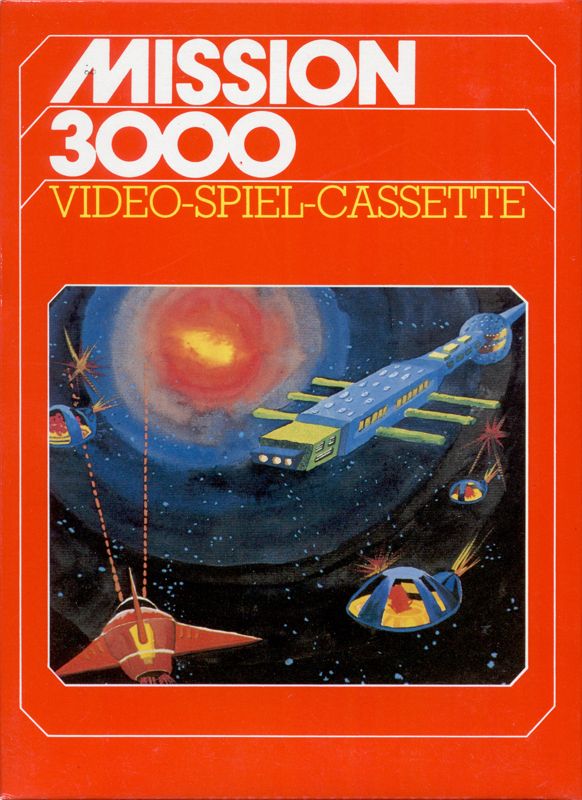
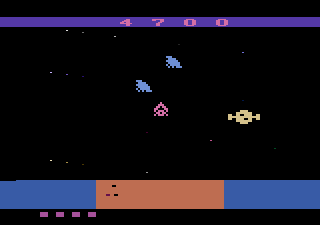
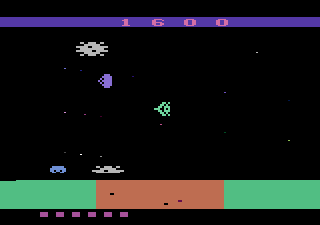
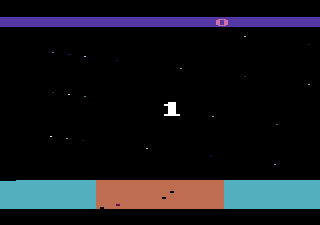
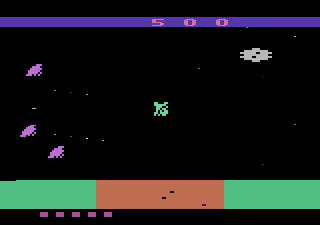
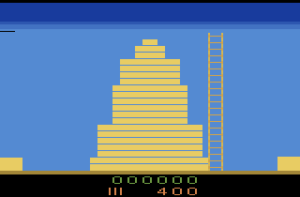


Reviews
There are no reviews yet.